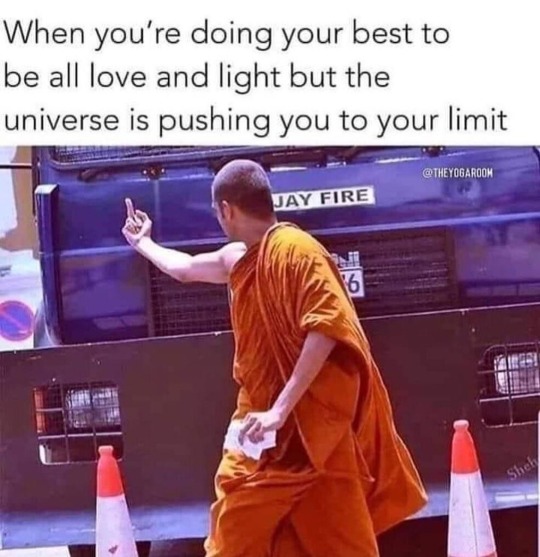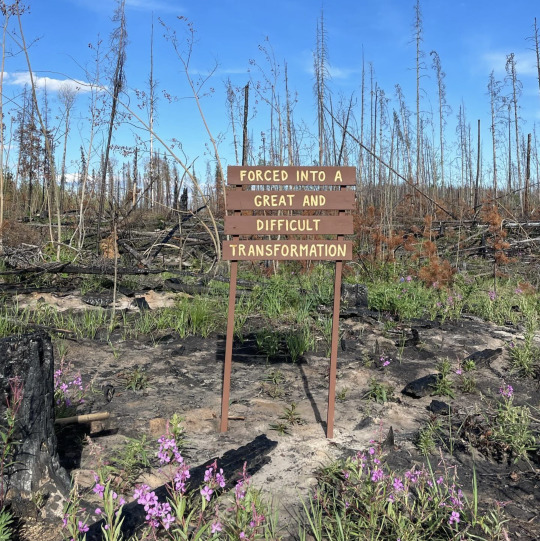#buddhism
Explore tagged Tumblr posts
Text

4K notes
·
View notes
Text
[ID: Twitter post by dopce/chromesandwich, reading: "I don't trust 'old souls.' Why haven't you escaped samsara yet." END ID.]

95K notes
·
View notes
Text

to no end
1K notes
·
View notes
Text




#News#hollywood#climate change#poems#family guy#democrats#republicans#politics#woc#books#donald trump#Gaza#free palestine#israel#buddhism#Art
517 notes
·
View notes
Text

#atheism#christianity#catholicism#mormonism#baptist#Jehovah_witness#islam#judaism#buddhism#christian_nationalism#religion#scientology#LDS
117 notes
·
View notes
Text
What Pope Francis actually said: "what you don't know won't hurt you, unless it's a CIA transdermal hemostatic agent from sedevacantist JD Vance's handshake..."
—sorry! No mention of Buddhism; must be a different quote.

This one is the best in a while
#buddhism#tao#zen#the tao of papa francisco#cia#assassination#ischemic stroke#papa francisco#pope francis#sedevacantism
81K notes
·
View notes
Text










Wat Arun (Temple of Dawn), Bangkok, Thailand 2025
8 notes
·
View notes
Text

Gusinoozerskiy datsan.Masks of the Gods,Russia (19th-20th century)
#Россия#Russia#vintage#photography#буряты#буряад зон#буряадууд#буряад#ᠪᠤᠷᠢᠶᠠᠳ#burjaad#buryats#buryat people#буддизм#buddhism#religion#history#бурятская культура#buryat culture#culture#people#russian#vintage photography#19th century#20th century
974 notes
·
View notes
Text

744 notes
·
View notes
Note
"A" is Vairocana's (and also Sūrya's, among others') seed syllable in Shingon Buddhism, and that's what this post reminded me of.
dna results came back positive
a
String identified: a
Closest match: ADENINE!!!

5K notes
·
View notes
Text

A damaged lying Buddhist statue is pictured inside a pagoda following a devastating earthquake in Mandalay, Myanmar, April 3, 2025. As of April 10, at least 3,600 victims have been recovered. REUTERS/Stringer
5K notes
·
View notes
Text
That's quite a soup to serve!
my family wasn't this strict, but in some sects of buddhism you're not allowed to eat the "five pungent vegetables", onions garlic shallots leeks and umm chives i think, really any of those kind of vegetables. probably some monk ages ago was tired of onion farts stinking up the temple. anyways, one time my brother made a soup using all five of them. he said, "one sip of this, and you'll be reincarnated as a flea."
#flea#flea art#buddhism#soup#five pungent vegetables#onions#garlic#shallots#leeks#chives#funny comic#vegetables
88K notes
·
View notes
Text

Liz Toohey-Wiese, 2024.
"A sign installed in the largest wildfire burn I’ve ever seen, along the BC/YK border. Borrowing the aesthetics of BC Recreation Site signs, once again pointing to the overlaps of outdoor recreation, resource extraction, and the consequences of the climate crisis. Most recreation sites in BC exist along previously built logging and mining roads.
“Forced into a great and difficult transformation” was a line I heard in a lecture on Buddhist philosophy I was listening to on my drive up north. But it became another mantra I thought about while living in a place that’s been utterly transformed by resource extraction over the past century, and as I thought about the burnt landscapes I drove through."
More here.
16K notes
·
View notes
Text
I was getting arranged married to Jesus Christ on the beach. I was super upset, but my family kept telling me that I didn't have a choice. I'm a Buddhist lesbian...
3K notes
·
View notes
Text




Luohan Temple 罗汉寺 is a Buddhist temple located in Chongqing city, China. It is the site of the Buddhist Association of Chongqing.
This temple was built by a prominent monk Zuyue 祖月 in the Zhiping period (1064–1067) of the Song Dynasty (960–1276). At that time it was called "Zhiping Temple".
The temple was renovated and expanded in the following Ming and Qing dynasties, and also during the ROC and PRC eras.




#china#🇨🇳#chinese heritage#chinese culture#chinese architecture#Sichuan#Chongqing#Sichuan province#chinese#people’s republic of china#prc#chinese history#sino#Chinese temples#Chinese Buddhism#Chinese Buddhist temple#temples#Chinese Buddhist architecture#Chongqing architecture#Sichuan architecture#Buddhism#song dynasty#architecture#han chinese#chinese houses
689 notes
·
View notes